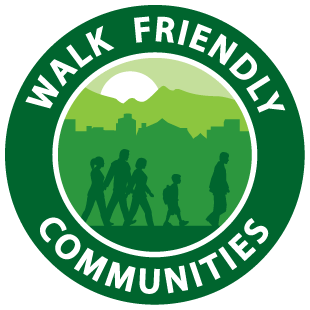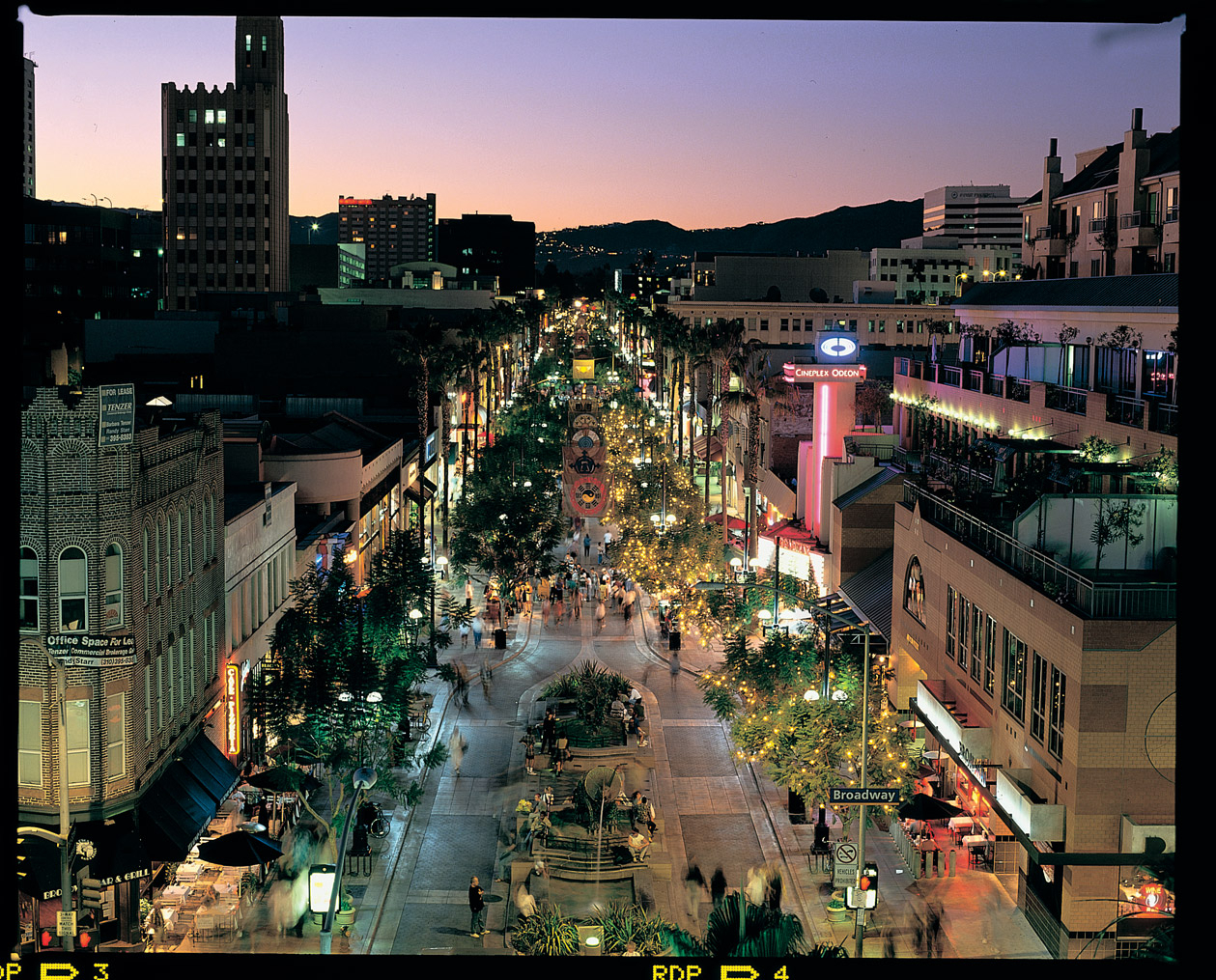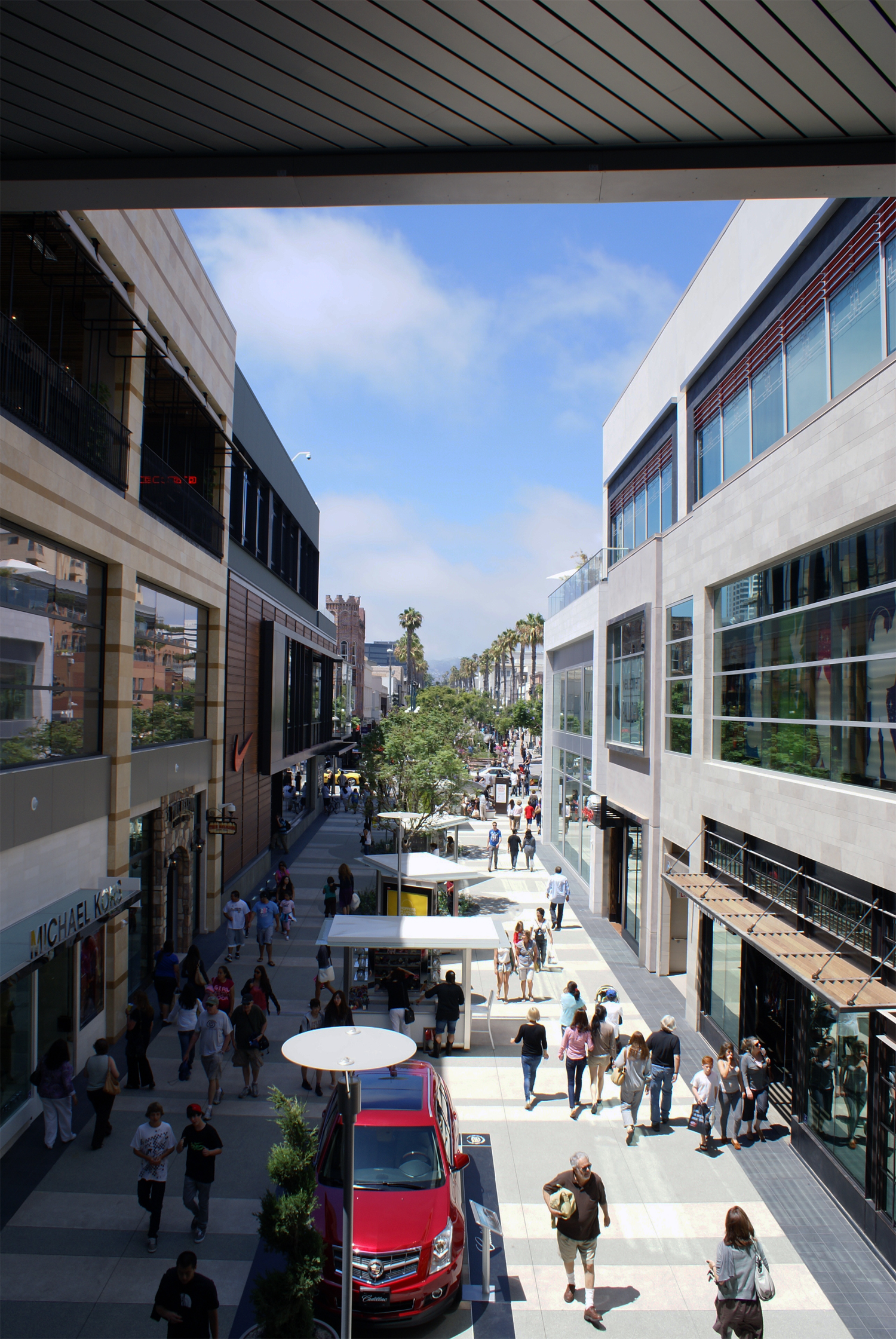Community Highlights
Santa Monica is designated as a Silver-level community due to its transit system accessibility, responsiveness to sidewalk maintenance, and innovative pedestrian treatments. Highlights of Santa Monica’s application include:
- The transit system of Santa Monica is located within half a mile of all residents of Santa Monica. Nearly all bus stop locations have wheelchair accessible ramps and all of the sidewalks, curb ramps, and street crossings around the bus stop are ADA compliant.
- Santa Monica’s Commuter Club promotes walking to work, as well as other alternative modes, by providing incentive points to all employees who participate. Each month points are recorded and then exchanged quarterly for extra money on paychecks.
- The sidewalk coverage in Santa Monica is extensive. All streets have sidewalks, with 99 percent having sidewalks on both sides of the street for both arterials and non-arterials. Nearly all of the sidewalks have ADA accessible ramps on all four corners at intersections. To enhance their complete sidewalk network, Santa Monica has an advanced sidewalk repair reporting process. All citizen requests can be submitted anytime online or through the Government Outreach smartphone application. The appropriate City department receives the requests and the standard is to respond within 10 days of the initial request.
- Santa Monica’s crossing guard program is an excellent example of providing a safe walking environment around schools. Crossing guards are located at over 40 locations citywide; at every public elementary and middle school. The program provides extensive training through a three week apprenticeship to all new crossing guards on location with other crossing guards prior to their start to ensure safety.
- Santa Monica kicked off “Walk Santa Monica” in 2006 with a 10,000 Steps campaign. Through this effort, the community was educated about simple ways to build in extra steps throughout the day, with the goal of working up to 10,000. Free pedometers were handed out as promotional tools. The Walk Santa Monica campaign featured a webpage that served as the online hub connecting the public with all things walking in Santa Monica – routes, tips, related businesses – it even featured video of the winners of a ‘My Favorite Walk’ contest. In addition to a website, education efforts were conducted at the Santa Monica Festival and through the City’s recreation classes.
- The Land Use and Circulation Element (LUCE) of Santa Monica provides a bold vision for a true multi-modal transportation system. This vision is supported through some existing policies such as the ADA Transition Plan, pedestrian-friendly urban form requirements, sidewalk requirements on most or all streets, public art requirements, parking cash-out, and attention to the public realm as evidenced by the existence of an architectural review board, and an urban designer on staff.
- Santa Monica’s Neighborhood Resource Officer program exemplifies community oriented policing in its truest form. The City is divided into eight distinct patrol areas (beats), each with a dedicated officer assigned to the beat to address community livability issues. The goal of the NRO program is to quickly identify community issues, concerns, problems and crime trends which have long term quality of life issues. The NRO coordinates resources to help solve these problems.
- The Planning and Community Development Department of Santa Monica completes citywide turning movement traffic counts at all signalized intersections every two to four years, including pedestrian counts.



